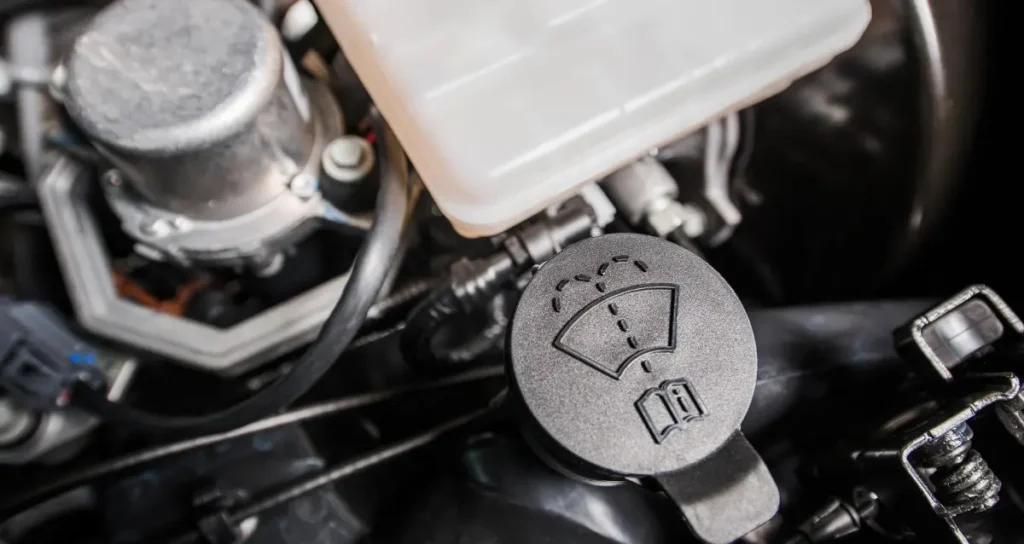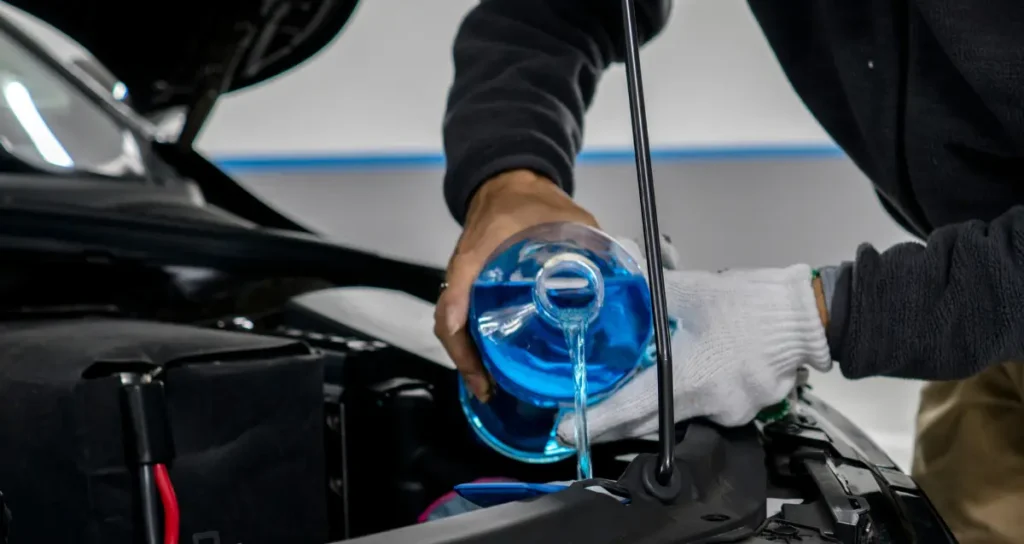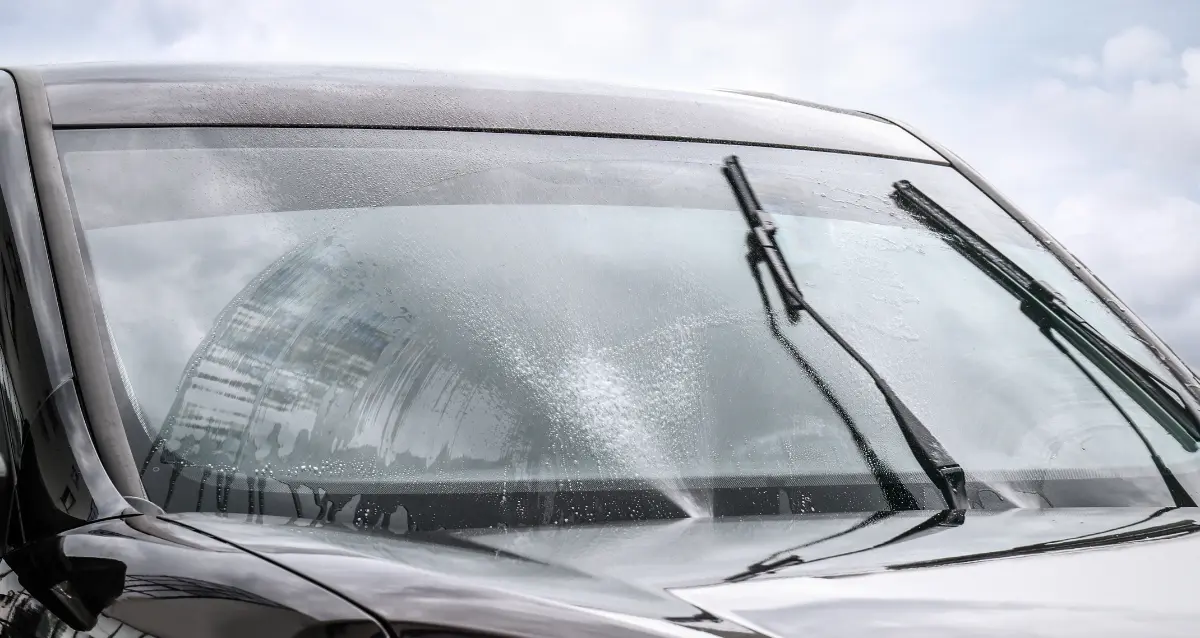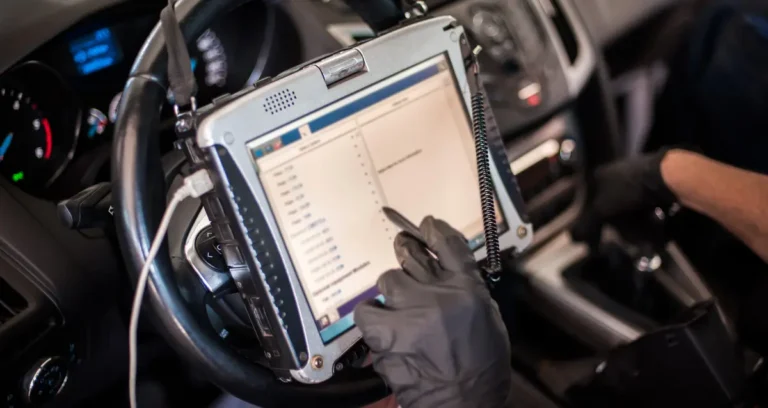Windshield Wiper Fluid Not Coming Out: A Comprehensive Guide
1. Introduction
1.1. Overview of windshield wiper fluid issues
Having a properly functioning windshield wiper system is crucial for safe driving, especially in inclement weather conditions. However, it’s a common issue for drivers to experience problems with their windshield wiper fluid not spraying or spraying weakly. This can be frustrating and potentially hazardous, as it can impair visibility and compromise your ability to maintain a clear view of the road.
Possible reasons for Windshield Wiper Fluid Not Coming Out are:
1.2. Importance of a properly functioning windshield wiper system
A well-maintained windshield wiper system is essential for ensuring optimal visibility while driving. Whether you’re battling heavy rain, snow, or road grime, the ability to quickly clear your windshield can make a significant difference in your safety and the safety of others on the road.
2. Understanding the Windshield Wiper System
2.1. Components of the system
To better understand the potential issues and solutions, it’s important to familiarize yourself with the key components of the windshield wiper system:
2.1.1. Reservoir
The reservoir is the container that holds the windshield wiper fluid. It’s typically located under the hood or in the engine compartment.
2.1.2. Pump
The pump is responsible for drawing the fluid from the reservoir and pushing it through the hoses and out of the nozzles. It’s usually an electric pump mounted on or near the reservoir.
2.1.3. Hoses
The hoses are the flexible tubing that carries the windshield wiper fluid from the reservoir to the nozzles.
2.1.4. Nozzles
The nozzles are the small openings, typically located on the hood or cowl area, that spray the windshield wiper fluid onto the windshield.
2.2. How the system works
When you activate the windshield wiper fluid function, the pump draws the fluid from the reservoir and pushes it through the hoses and out of the nozzles, spraying the windshield with a stream of cleaning solution. This helps to remove dirt, debris, and other obstructions from the windshield, ensuring clear visibility for the driver.

3. Common Reasons for Windshield Wiper Fluid Not Coming Out
If you’re experiencing issues with your windshield wiper fluid not spraying or spraying weakly, there could be several potential causes:
3.1. Empty or low fluid level
One of the most common reasons for the windshield wiper fluid not coming out is simply an empty or low fluid level in the reservoir. If the reservoir is empty or running low, the pump will not be able to draw and distribute the fluid properly.
3.2. Faulty pump
The pump is a critical component of the windshield wiper system, and if it’s not functioning correctly, it can prevent the fluid from being delivered to the nozzles.
3.2.1. Blocked or clogged pump filter
Many pumps have a small filter or screen that can become clogged with debris or sediment over time, restricting the flow of fluid.
3.2.2. Burnt-out pump motor
If the pump motor has failed or burned out, it will not be able to generate the necessary pressure to push the fluid through the system.
3.3. Leaks in the system
Leaks can occur in various components of the windshield wiper system, preventing the fluid from reaching the nozzles.
3.3.1. Cracked or damaged reservoir
If the reservoir develops cracks or damage, the fluid can leak out before it reaches the pump.
3.3.2. Broken or disconnected hoses
Hoses can become brittle over time, leading to cracks or disconnections that allow the fluid to escape before reaching the nozzles.
3.4. Clogged nozzles
Even if the fluid is being pumped through the system, clogged nozzles can prevent it from spraying properly onto the windshield. Debris, dirt, or dried fluid can accumulate in the nozzle openings, obstructing the flow of the wiper fluid.
4. Diagnosing the Issue
To determine the root cause of your windshield wiper fluid not spraying or spraying weakly, you’ll need to follow a systematic approach to diagnose the problem.
4.1. Checking the fluid level
The first step is to check the fluid level in the reservoir. If it’s low or empty, refilling it may resolve the issue.
4.2. Inspecting the reservoir and pump
Next, inspect the reservoir and pump for any visible signs of damage or leaks. Look for cracks, holes, or loose connections that could be causing fluid to escape.
4.3. Listening to the pump motor sound
Turn the key to the accessory position and press the windshield wiper fluid button. Listen carefully for the sound of the pump motor running. If you can hear it, it indicates that the pump is receiving power and trying to operate.
4.4. Checking for leaks
With the pump running, visually inspect the hoses and connections for any signs of leaks. Look for wet spots or drips that could indicate a breach in the system.
4.5. Disconnecting hoses and testing
If you suspect a clogged nozzle or hose, you can disconnect the hose from the nozzle and run the pump to see if fluid is flowing through the line. If fluid comes out at that point, it likely indicates a clogged nozzle.

5. Fixing the Problem
Once you’ve identified the root cause of the issue, you can take the appropriate steps to fix it.
5.1. Refilling the fluid reservoir
If the problem was simply a low or empty fluid level, refilling the reservoir with the recommended windshield wiper fluid should resolve the issue.
5.2. Replacing the pump or motor
If the pump or motor is faulty or burnt out, replacement may be necessary. This can be a more involved repair, and you may need to consult a professional mechanic or refer to your vehicle’s repair manual for guidance.
5.3. Repairing or replacing leaking components
If you’ve identified leaks in the reservoir, hoses, or connections, you’ll need to repair or replace the affected components to restore the system’s integrity.
5.4. Unclogging nozzles
If your nozzles are clogged, you can try to clear them using one of the following methods
5.4.1. Using a needle or pin
One simple method to unclog a nozzle is to use a small needle or pin. Gently insert it into the nozzle opening and try to dislodge any debris or buildup that may be obstructing the flow of fluid.
5.4.2. Back-flushing with compressed air or lubricant
Another technique is to back-flush the nozzles with compressed air or a lubricant like WD-40. Disconnect the nozzle from the hose and apply the compressed air or lubricant in the opposite direction, forcing any blockages out of the nozzle opening.
6. Adjusting Nozzle Alignment
In some cases, the issue may not be with the fluid flow itself but rather with the alignment of the nozzles.
6.1. Identifying misaligned nozzles
If the windshield wiper fluid is spraying in the wrong direction, too high, or too low, it could be an indication that the nozzles are misaligned.
6.2. Adjusting nozzle position
Many nozzles are designed to be adjustable, allowing you to reposition them to achieve the desired spray pattern. Consult your vehicle’s repair manual or seek professional assistance if you’re unsure of how to adjust the nozzle alignment correctly.
7. Preventive Maintenance
To minimize the likelihood of encountering windshield wiper fluid issues, it’s essential to practice regular preventive maintenance.
7.1. Regularly checking fluid levels
Make it a habit to check the windshield wiper fluid level during routine vehicle maintenance checks. Topping up the fluid before it runs too low can help prevent pump damage and ensure the system is always ready to operate when needed.
7.2. Inspecting components for wear and tear
Periodically inspect the reservoir, hoses, and nozzles for signs of wear, cracks, or damage. Addressing any issues promptly can prevent larger problems from developing.
7.3. Using recommended fluid types
It’s important to use the appropriate windshield wiper fluid type recommended by your vehicle’s manufacturer. Using the wrong fluid or diluting it improperly can lead to clogs, damage to the system components, or reduced cleaning effectiveness.
Conclusion
A properly functioning windshield wiper system is essential for safe driving, especially in inclement weather conditions. By understanding the components of the system, common causes of issues, and the steps to diagnose and fix problems, you can ensure that your windshield wiper fluid is always spraying effectively when you need it.
Regular maintenance and prompt attention to any issues can help prevent more significant problems from developing and keep your windshield wiper system operating at its best. Don’t neglect this critical safety feature – a clear view of the road ahead is invaluable.
FAQs
Can I use any type of fluid in my windshield wiper reservoir?
No, it’s recommended to use the specific windshield wiper fluid type recommended by your vehicle’s manufacturer. Using the wrong fluid or diluting it improperly can lead to clogs, damage to the system components, or reduced cleaning effectiveness.
How often should I replace the windshield wiper fluid?
There is no set schedule for replacing the windshield wiper fluid, as it depends on usage and driving conditions. It’s best to check the fluid level regularly and top it up as needed.
Can a clogged nozzle damage the windshield wiper system?
If a nozzle is severely clogged and the pump continues to operate, it can potentially cause damage to the pump or other components due to the increased pressure buildup. It’s best to address clogged nozzles promptly.
Can I use household cleaners or water to refill the windshield wiper fluid reservoir?
No, it’s not recommended to use household cleaners or plain water in the windshield wiper fluid reservoir. These substances may not be formulated for use in the wiper system and could cause damage or ineffective cleaning.
How can I prevent the windshield wiper fluid from freezing in cold weather?
Many windshield wiper fluids are formulated with de-icing agents to help prevent freezing in cold weather conditions. Additionally, you can purchase specialized de-icing fluids or add a de-icer solution to the reservoir to help prevent freezing.
FURTHER READING







